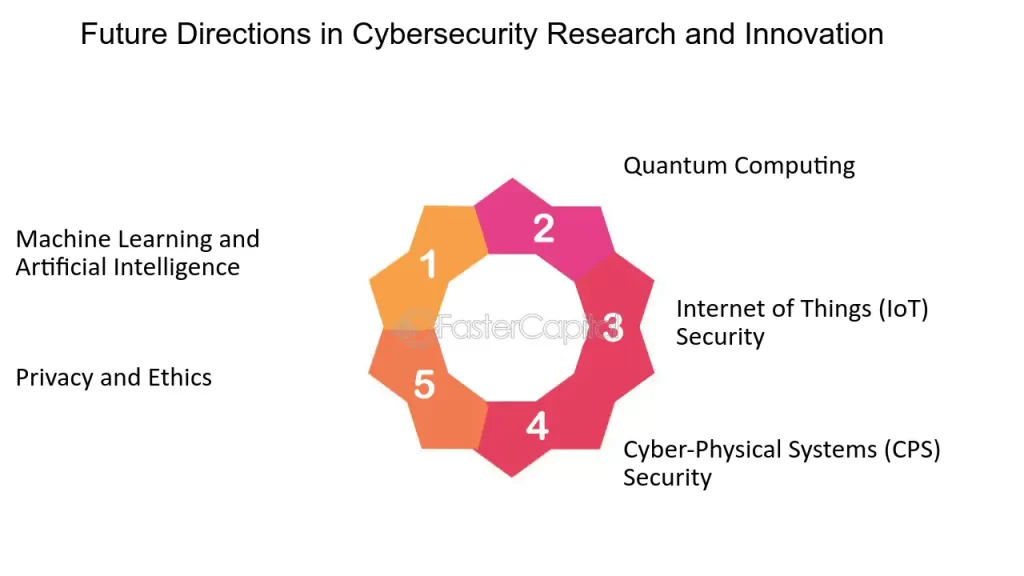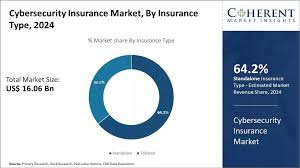Latest News and Trends in Cyber Insurance
Cyber insurance is becoming more crucial as businesses face increasing cyber threats. This article explores the latest news and trends in cyber insurance, helping you understand how this field is evolving and what it means for you.
The Growing Importance of Cyber Insurance
In today’s digital world, cyber threats are a major concern for businesses of all sizes. Data breaches, ransomware attacks, and other cyber incidents can cause significant financial damage. Cyber insurance helps protect businesses from these risks by providing financial coverage and support.
The importance of cyber insurance has grown as cyber attacks have become more sophisticated and frequent. Businesses that once considered cyber insurance optional are now seeing it as a necessity. Insurance policies can cover various aspects, including data recovery, legal fees, and even the cost of notifying affected customers.
Companies are increasingly aware of the need for cyber insurance as they recognize the potential costs of cyber incidents. For many, it’s no longer a question of “if” an attack will happen but “when.” As a result, businesses are investing more in cyber insurance to ensure they are prepared for any cyber threats that may arise.
Trends Shaping Cyber Insurance Policies
Several key trends are shaping the cyber insurance landscape. Understanding these trends can help businesses make informed decisions about their insurance needs.
1. Increased Coverage for Ransomware Attacks
Ransomware attacks have become a major concern for businesses. These attacks involve hackers encrypting a company’s data and demanding a ransom for its release. As these attacks have become more common, cyber insurance policies have adapted to provide better coverage for ransomware incidents.
Policies now often include provisions for ransom payments, negotiation support, and recovery assistance. Insurers are also working to improve their response times and support services to help businesses recover quickly from ransomware attacks.
2. Emphasis on Risk Management and Prevention
Insurance providers are shifting their focus from just covering losses to actively helping businesses prevent cyber incidents. Insurers are offering risk management services, such as security assessments, training programs, and best practice guidelines.
By helping businesses strengthen their cybersecurity measures, insurers aim to reduce the likelihood of claims. This proactive approach benefits both insurers and businesses by lowering the overall risk and potential costs associated with cyber incidents.
3. Evolving Underwriting Criteria
As cyber threats evolve, insurers are updating their underwriting criteria to better assess risks. This means that businesses seeking cyber insurance may need to provide more detailed information about their cybersecurity practices.
Insurers are looking at factors such as the strength of a company’s security measures, employee training programs, and incident response plans. Businesses with robust cybersecurity practices may qualify for lower premiums, while those with weaker defenses may face higher costs or more stringent requirements.
4. Increasing Premiums and Adjusted Coverage Limits
As the frequency and severity of cyber attacks rise, insurers are adjusting their pricing and coverage limits. Premiums for cyber insurance are increasing, reflecting the higher risks involved. Coverage limits are also being reviewed and adjusted based on the evolving threat landscape.
Businesses may need to reassess their coverage needs and budget for higher premiums. It’s essential to review policy terms regularly and ensure that coverage limits align with the potential risks and financial impacts of a cyber incident.
5. Greater Focus on Compliance and Legal Requirements
Regulatory requirements related to data protection and cybersecurity are becoming stricter. Insurers are increasingly focusing on compliance with these regulations when issuing policies. Businesses must demonstrate adherence to legal requirements and industry standards to secure coverage.
Failure to comply with regulations can result in higher premiums or denial of coverage. Companies need to stay informed about relevant laws and regulations and ensure their cybersecurity practices meet compliance standards.
Future Directions in Cyber Insurance

The field of cyber insurance is rapidly evolving, and future trends will continue to shape its development. Here are a few potential directions for the future of cyber insurance:
1. Integration with Emerging Technologies
As new technologies like artificial intelligence and blockchain become more prevalent, cyber insurance policies may integrate with these technologies to enhance protection and risk management. These advancements could lead to more sophisticated coverage options and improved incident response capabilities.
2. Collaboration with Cybersecurity Experts
Insurers may increasingly collaborate with cybersecurity experts to provide more comprehensive support and solutions. This collaboration could lead to better risk assessments, more effective prevention strategies, and faster recovery from cyber incidents.
3. Expansion of Coverage Options
As cyber threats continue to evolve, insurers may expand coverage options to address new types of risks. This could include coverage for emerging threats such as attacks on Internet of Things (IoT) devices or cyber incidents affecting remote work environments.
4. Global Standardization of Policies
With the growing international nature of cyber threats, there may be efforts to standardize cyber insurance policies across different regions. This could help businesses operating in multiple countries manage their risks more effectively and ensure consistent coverage.
In summary, cyber insurance is an essential tool for protecting businesses against the growing risks of cyber threats. By staying informed about the latest news and trends, companies can make better decisions about their insurance needs and enhance their overall cybersecurity posture.



